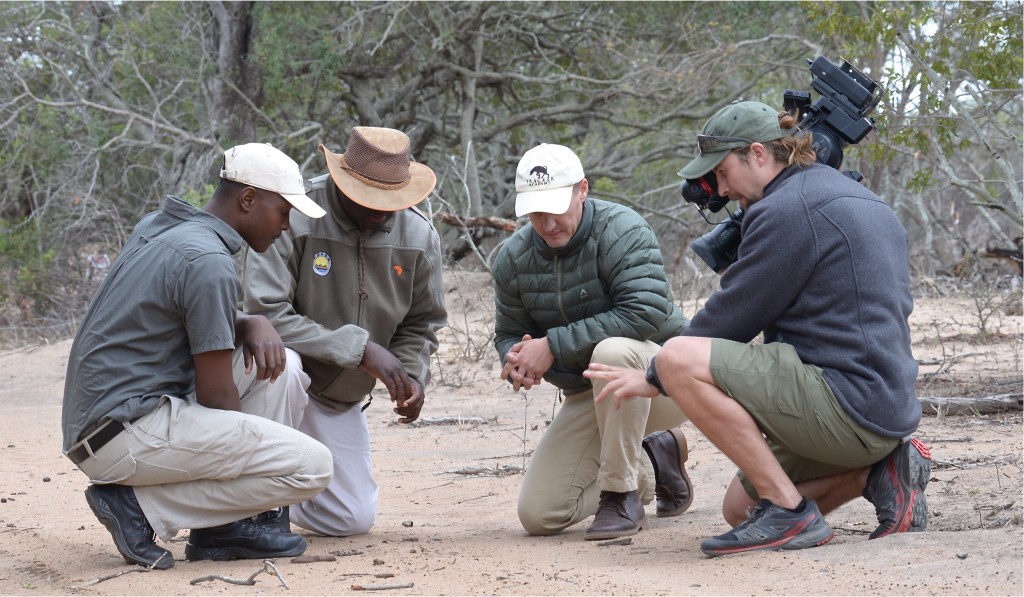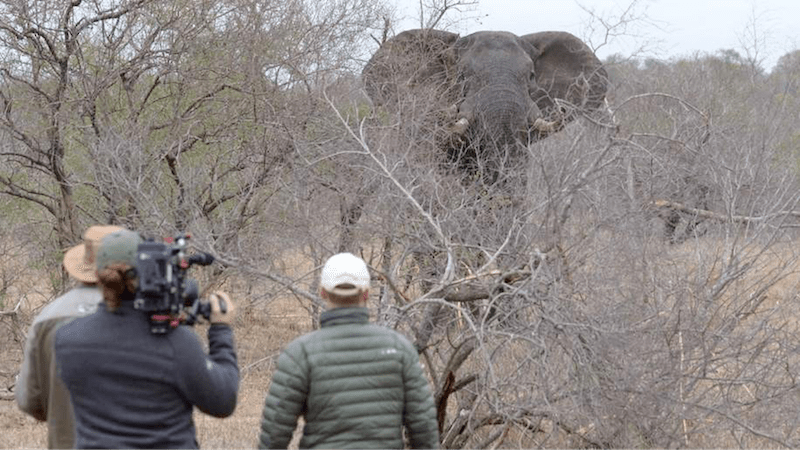Corporate teams can immerse themselves in the African bush for an online learning experience that improves decision-making skills.

At first glance, the ancient practice of animal tracking does not appear to not appear to hold much relevance to decision-making and leadership in the corporate world.
The process of deducting a wild animal’s whereabouts from its tracks is thought to have started 25,000 years in Africa. For hunter gatherers, it was a survival tool to find food. Some researchers believe that it was the first time that humans made use of deductive reasoning, and that tracking is therefore the origin of science.
The practice is used today for the purposes of animal conservation and eco-tourism, and it has been adopted by a team building provider with a difference: Sydney leadership consultancy Red Leaf.
Co-founder and CEO Ian Schubach was a safari guide for six years in South Africa’s Kruger National Park before moving to Sydney 22 years ago. Co-founder Alex van den Heever has spent 20 years studying South Africa’s master trackers, and he himself learned how to track animals through an indigenous man who was raised as a hunter gatherer. He is based in Pietermaritzburg in South Africa and runs an animal tracking academy to aid wildlife conservation.
He believes that animal trackers have just about perfected the art of holistic decision making, and that there are transferable lessons for businesspeople.
“Trackers operate in vast, wordless and wild environments where everything is beyond their control,” says van den Heever. “There are no signposts, consultants or algorithms to help them. The environment is hostile, potentially dangerous and hot. If they make the wrong decision, it can have far-reaching consequences.”

Red Leaf has spent hundreds of hours recording high-definition footage while accompanying tracking teams looking for leopards, lion prides, elephants and other animals in the African bush. It has created different scenarios for its Tracking Success program that can be used in online team building activities. A competitive format works well for end of year office parties, says Schubach.
“We duplicate the decisions that the trackers themselves faced in the field, and then we put it to the corporate audience to imagine that they are confronted with the same sets of choices,” says Schubach.
After what is usually a robust conversation weighing up the pros and cons, the teams are shown the consequences of their choice. The scenarios can be tailored according to the desired outcome, such as improved collaboration.
“The landscape influences an animal’s behavior, but the landscape is constantly changing,” says van den Heever. “The best trackers try to establish the animal’s purpose by searching for indisputable facts such as footprints and interpretating a range of other different phenomena. It requires the same kind of analytical skills and discernment in business decisions.”
Schubach says the exercise exposes the risks of assumption and cognitive bias in decision making, as well as how to weigh up conflicting priorities that include an economic, social and environmental component.
For more information, visit https://trackingsuccess.tv/